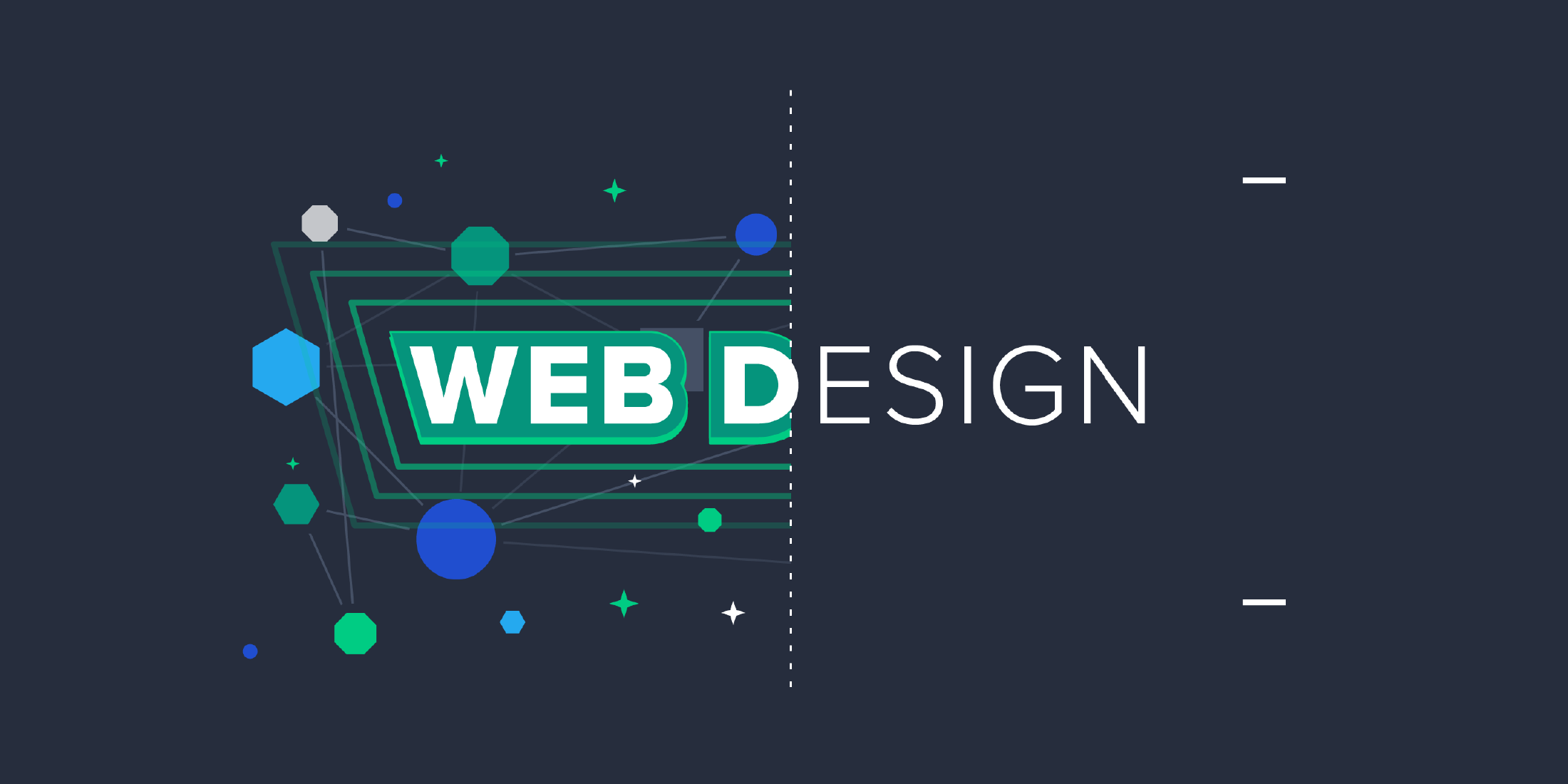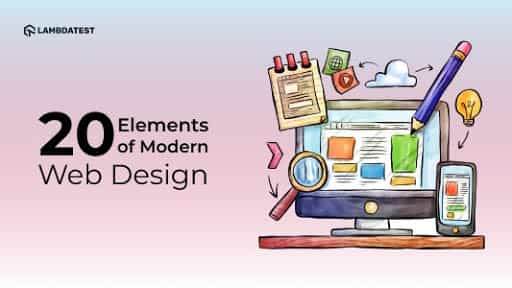All Categories
Featured
Table of Contents
- – Web Development Bachelor's Degree - Full Sail ...
- – Web Design Software By Xara Tips and Tricks:
- – Minneapolis Web Design - 100+ Five Star Revie...
- – 12 Essential Tips For Improving Your Web Desi...
- – Minneapolis Web Design - 100+ Five Star Revie...
- – What Is Web Design, How To Do It Right And Be...
- – Website Design - Best Ecommerce Web Design B...
- – Law Firm Website Design, Attorney Web Design...
- – Web Design Projects - Behance Tips and Tricks:
- – Web Design Museum 1991 – 2006 Tips and Tricks:
- – Responsive Web Design Certification - Freeco...
Web Development Bachelor's Degree - Full Sail University Tips and Tricks:
Quick summary Usability and the energy, not the visual style, identify the success or failure of a website. Because the visitor of the page is the only individual who clicks the mouse and for that reason decides everything, user-centric design has actually developed as a basic approach for successful and profit-oriented website design - web design frederick md.
and the energy, not the visual style, identify the success or failure of a website. Considering that the visitor of the page is the only individual who clicks the mouse and for that reason chooses whatever, user-centric style has become a standard method for successful and profit-oriented web style. If users can't utilize a feature, it may as well not exist.
g. where the search box should be put) as it has currently been carried out in a number of posts; instead we concentrate on the methods which, utilized effectively, can cause more sophisticated design choices and simplify the process of viewing provided information. Please notice that you may be interested in the usability-related short articles we have actually released prior to: Principles Of Excellent Site Design And Reliable Website Design Guidelines, In order to use the concepts appropriately we first need to understand how users connect with websites, how they think and what are the basic patterns of users' behavior.
Web Design Software By Xara Tips and Tricks:
Visitors look at each brand-new page, scan some of the text, and click the first link that captures their interest or vaguely looks like the thing they're trying to find. There are big parts of the page they do not even look at. The majority of users look for something interesting (or useful) and clickable; as quickly as some appealing prospects are found, users click.
If a page offers users with premium material, they are willing to jeopardize the material with ads and the design of the website. This is the reason that not-that-well-designed websites with premium content get a great deal of traffic over years. Material is more crucial than the design which supports it.

Extremely easy principle: If a site isn't able to fulfill users' expectations, then designer failed to get his job done effectively and the business loses cash. The higher is the cognitive load and the less instinctive is the navigation, the more willing are users to leave the site and search for options.
Minneapolis Web Design - 100+ Five Star Reviews - Seo ... Tips and Tricks:
Neither do they scan web page in a direct style, going sequentially from one website area to another one. Rather users satisfice; they choose the very first affordable alternative. As soon as they discover a link that appears like it may lead to the goal, there is a very great chance that it will be instantly clicked.
It doesn't matter to us if we understand how things work, as long as we can utilize them. If your audience is going to imitate you're creating signboard, then design excellent signboards." Users desire to be able to manage their browser and rely on the consistent information presentation throughout the website.
If the navigation and website architecture aren't intuitive, the number of enigma grows and makes it harder for users to understand how the system works and how to get from point A to point B. A clear structure, moderate visual hints and quickly recognizable links can assist users to discover their path to their goal.
12 Essential Tips For Improving Your Web Design In 2022 Tips and Tricks:

claims to be "beyond channels, beyond products, beyond circulation". What does it imply? Because users tend to check out websites according to the "F"-pattern, these 3 statements would be the very first elements users will see on the page once it is filled. The design itself is basic and user-friendly, to understand what the page is about the user needs to search for the response.
As soon as you have actually achieved this, you can interact why the system is helpful and how users can benefit from it. People won't use your web website if they can't discover their way around it. 2. Do Not Misuse Users' Persistence, In every task when you are going to use your visitors some service or tool, attempt to keep your user requirements very little.
Novice visitors want to, not filling long web forms for an account they might never utilize in the future. Let users explore the site and find your services without forcing them into sharing personal data. It's not reasonable to force users to enter an email address to check the function.
Minneapolis Web Design - 100+ Five Star Reviews - Seo ... Tips and Tricks:
And that's what you desire your users to feel on your web website. The registration can be done in less than 30 seconds as the type has horizontal orientation, the user doesn't even need to scroll the page.
A user registration alone is sufficient of an obstacle to user navigation to cut down on inbound traffic. Handle To Focus Users' Attention, As sites supply both static and dynamic material, some elements of the user interface attract attention more than others do.
Focusing users' attention to particular locations of the site with a moderate use of visual aspects can assist your visitors to receive from point A to point B without thinking about how it in fact is expected to be done. The less enigma visitors have, the they have and the more trust they can develop towards the business the website represents.
What Is Web Design, How To Do It Right And Best Skills - Rock ... Tips and Tricks:
4. Pursue Function Direct exposure, Modern website design are usually criticized due to their technique of guiding users with aesthetically appealing 1-2-3-done-steps, big buttons with visual impacts etc. From the style perspective these elements really aren't a bad thing. On the contrary, such as they lead the visitors through the website content in an extremely basic and easy to use method.
The website has 9 primary navigation choices which are noticeable at the first glimpse. The choice of colors might be too light. is a fundamental principle of effective interface style. It doesn't really matter how this is accomplished. What matters is that the content is well-understood and visitors feel comfortable with the way they interact with the system.
Instead a cost: just what visitors are looking for. An optimum option for reliable writing is touse short and succinct expressions (come to the point as quickly as possible), use scannable design (classify the content, utilize numerous heading levels, utilize visual elements and bulleted lists which break the circulation of consistent text blocks), usage plain and objective language (a promotion does not need to sound like ad; give your users some reasonable and objective factor why they should use your service or stay on your website)6.
Website Design - Best Ecommerce Web Design By Shopify Tips and Tricks:
Users are hardly ever on a site to enjoy the design; in addition, for the most part they are searching for the information regardless of the design - web design frederick md. Pursue simpleness instead of intricacy. From the visitors' point of view, the very best website style is a pure text, without any advertisements or additional material blocks matching exactly the inquiry visitors used or the content they have actually been searching for.
Finch plainly provides the information about the website and gives visitors an option of alternatives without overcrowding them with unnecessary material. 7. Do not Be Afraid Of The White Space, Really it's truly difficult to overstate the importance of white space. Not just does it help to for the visitors, however it makes it possible to view the details presented on the screen.
Complex structures are harder to read, scan, examine and deal with. If you have the option between separating 2 design sectors by a visible line or by some whitespace, it's normally much better to utilize the whitespace solution. (Simon's Law): the better you handle to supply users with a sense of visual hierarchy, the easier your material will be to perceive.
Law Firm Website Design, Attorney Web Design, Lawyer ... Tips and Tricks:
The same conventions and guidelines should be used to all elements.: do the most with the least amount of cues and visual aspects. Clarity: all parts should be created so their significance is not uncertain.
Conventions Are Our Friends, Conventional style of site aspects doesn't result in an uninteresting web site. It would be a functionality headache if all websites had different visual discussion of RSS-feeds.
understand what they're getting out of a website navigation, text structure, search positioning etc. A common example from functionality sessions is to equate the page in Japanese (assuming your web users do not understand Japanese, e. g. with Babelfish) and provide your use testers with a job to discover something in the page of different language.
Web Design Projects - Behance Tips and Tricks:
Test Early, Test Frequently, This so-called TETO-principle must be used to every web design project as usability tests typically offer into considerable problems and issues related to an offered layout. Test not too late, not too little and not for the incorrect factors.
Some essential points to keep in mind: according to Steve Krug, and screening one user early in the task is much better than testing 50 near the end. Accoring to Boehm's first law, mistakes are most regular during requirements and design activities and are the more expensive the later on they are removed.
That indicates that you develop something, test it, fix it and then check it once again. There may be issues which have not been found throughout the preliminary as users were practically obstructed by other issues. use tests. Either you'll be indicated the problems you have or you'll be pointed to the lack of significant design flaws which remains in both cases a helpful insight for your task.
Web Design Museum 1991 – 2006 Tips and Tricks:

This holds for designers. After you've dealt with a site for couple of weeks, you can't observe it from a fresh perspective any longer. You understand how it is built and therefore you understand precisely how it works you have the knowledge independent testers and visitors of your site wouldn't have.
It can be connected to other areas such as graphic design, user experience, and multimedia arts, but is more appropriately seen from a technological standpoint. It has actually ended up being a large part of individuals's daily lives. It is difficult to envision the Web without animated graphics, various styles of typography, background, videos and music.

Throughout 1991 to 1993 the Web was born. Text-only pages could be viewed utilizing an easy line-mode internet browser. In 1993 Marc Andreessen and Eric Bina, created the Mosaic web browser. At the time there were multiple browsers, however most of them were Unix-based and naturally text heavy. There had actually been no integrated technique to graphic style elements such as images or noises.
Responsive Web Design Certification - Freecodecamp.org Tips and Tricks:
The W3C was created in October 1994 to "lead the Internet to its complete potential by developing typical procedures that promote its evolution and ensure its interoperability." This dissuaded any one company from monopolizing a propriety web browser and programming language, which could have changed the impact of the World Wide Web as a whole.
As this has taken place the technology of the web has actually also moved on. There have likewise been considerable modifications in the method people utilize and access the web, and this has actually changed how websites are developed. Because completion of the browsers wars [] brand-new internet browsers have been released. A lot of these are open source implying that they tend to have much faster development and are more encouraging of brand-new requirements.
Learn more about Lovell Media Group LLC or TrainACETable of Contents
- – Web Development Bachelor's Degree - Full Sail ...
- – Web Design Software By Xara Tips and Tricks:
- – Minneapolis Web Design - 100+ Five Star Revie...
- – 12 Essential Tips For Improving Your Web Desi...
- – Minneapolis Web Design - 100+ Five Star Revie...
- – What Is Web Design, How To Do It Right And Be...
- – Website Design - Best Ecommerce Web Design B...
- – Law Firm Website Design, Attorney Web Design...
- – Web Design Projects - Behance Tips and Tricks:
- – Web Design Museum 1991 – 2006 Tips and Tricks:
- – Responsive Web Design Certification - Freeco...
Latest Posts
Awwwards - Website Awards - Best Web Design Trends Tips and Tricks:
Website Design - Best Ecommerce Web Design By Shopify Tips and Tricks:
Web Design Shopify:
More
Latest Posts
Awwwards - Website Awards - Best Web Design Trends Tips and Tricks:
Website Design - Best Ecommerce Web Design By Shopify Tips and Tricks:
Web Design Shopify: